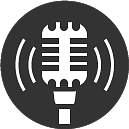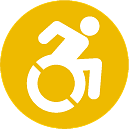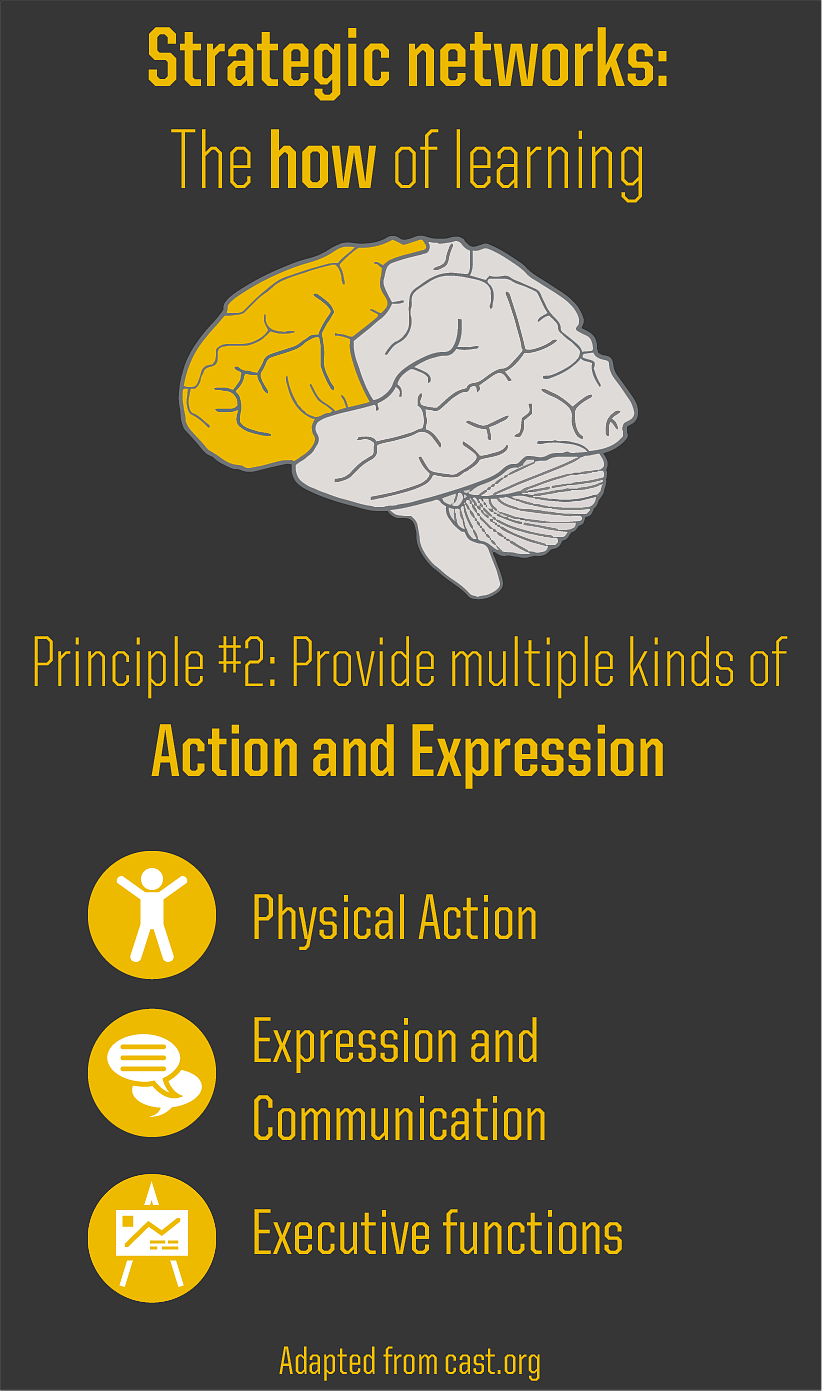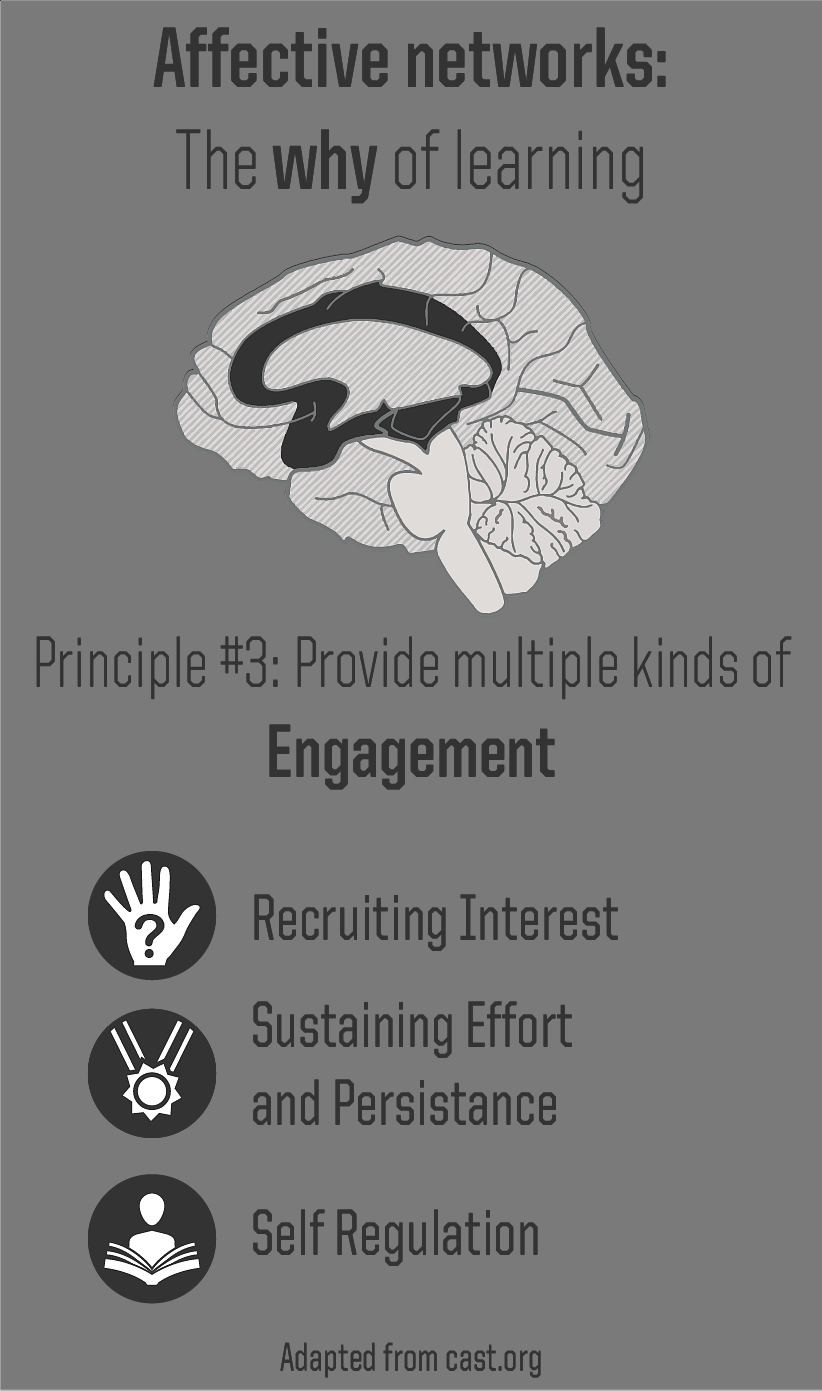“True accommodations are not added on to a classroom environment; they are built into its infrastructure, with flexibility and ongoing revision part of its very foundation.” –Margaret Price, Mad at School (2011) 102
“Registered as action, [UD] is a way to move. In some ways, it is also a worldview. UD is not a tailoring of the environment to marginal groups; it is a form of hope, a manner of trying” (Jay Dolmage qtd in Price 88)

The University of Oregon recognizes that academic inquiry flourishes when instructors value the contributions of students with disabilities. Students with disabilities can often ask questions that nondisabled people can’t articulate, offer perspectives that deepen understanding of complex human experiences and problems, and challenge fundamental assumptions of power and belonging in every academic discipline and field. Yet disability has historically been excluded, ignored, and/or stigmatized in the traditional learning environments of the academy. UO is actively working to change this reality by promoting inclusive excellence in teaching. [As part of this work, UO aspires to become a Universal Design for Learning institution, or an institution that understands and promotes equal opportunities for all learners.]

Becoming an institution of inclusive excellence [UDL institution] is an ongoing process, and it requires campus-wide partnerships with students, faculty, and staff. AEC recommends the following UDL resources to instructors and departments who aim for inclusive excellence in teaching. AEC is pleased to direct instructors and departments to the UO Teaching Engagement Program (TEP), the UO Libraries' Center for Media and Educational Technologies (CMET), and the College of Arts of Sciences Information Technology unit (CASIT), in addition to key organizations that support UDL initiatives in higher education.
The term “universal design for learning” is defined by the Higher Education Opportunity Act of 2008. It refers to “a scientifically valid framework for guiding educational practice that--

- provides flexibility in the ways information is presented, in the ways students respond or demonstrate knowledge and skills, and in the ways students are engaged; and
- reduces barriers in instruction, provides appropriate accommodations, supports, and challenges, and maintains high achievement expectations for all students, including students with disabilities and students who are limited English proficient.” (Section 103 (24))

In short, Universal Design for Learning (UDL) is a framework that helps instructors understand and meet diverse student needs in the classroom. In writing a syllabus, generating assignments, or structuring class time, instructors use UDL to ensure that students with disabilities and all classroom learners maximize opportunities to develop and strengthen course knowledge.

The concept of universal design originally emerged in architecture in the 1990s: it refers to “the design of products and environments to be usable by everyone, to the greatest extent possible, without the need for adaptation or specialized design” (Ron Mace). Curb cuts are a great example of universal design in the physical environment. Curb cuts ensure street access for wheelchair users, while also providing street access for delivery people with carts, bicyclists, and people with strollers.

In the learning environment, universal design strategies ensure access for students with disabilities, and thus, improve learning opportunities for all. For example, captioning videos in class benefits students who are deaf or hard of hearing, as well as students with processing disorders. Captioning also supports students with varying English proficiency. Further, captioning videos increases access for students streaming videos in spaces where sound may be a distraction, like the bus ride home from campus.

Essentially, UDL challenges instructors to be creative in how course content is presented, in how students are allowed to express what they learn, and in the strategies instructors use to motivate student learning in the classroom. In the UDL framework, these three principles are defined as multiple kinds of representation, multiple kinds of expression, and multiple kinds of engagement.



To implement UDL in your classroom and course design, please refer to the following resources:
UO Campus Resources:
TEP’s Resources for Inclusion & Class Climate
This webpage defines and provides examples of “inclusive teaching” informed by the UDL framework within the broad field of teaching and learning.
CMET: Accessibility & Universal Design for Online Course Content
This webpage provides tutorials for creating accessible documents, videos about making courses more accessible, and UDL content from past workshops for instructors
CASIT Resources for Content Accessibility
A compilation of University resources for content accessibility, specifically focused on Microsoft Word and Adobe Acrobat.
Additional Resources:
Center for Applied Special Technology (CAST)
With the tagline “until learning has no limits,” CAST maintains comprehensive online resources for applying UDL guidelines in higher education. Check out UDL initiatives from other higher ed institutions here.
CAST: “Universal Design on Campus”
Provides graphics and videos exploring UDL in higher ed, and includes classroom strategies that can be applied to any discipline.
CAST “About Universal Design for Learning”
Examines UDL theory and history, and elaborates on the CAST UDL graphic.
CAST “The UDL Guidelines”
Offers detailed descriptions of the science behind UDL and links to multiple examples of UDL in action.
Do-IT: Disabilities, Opportunities, Internetworking, and Technology
The University of Washington maintains the website Do-IT, a dynamic collection of resources for instructors wishing to join a UDL learning community or read more about strategies for inclusion in a particular course.
